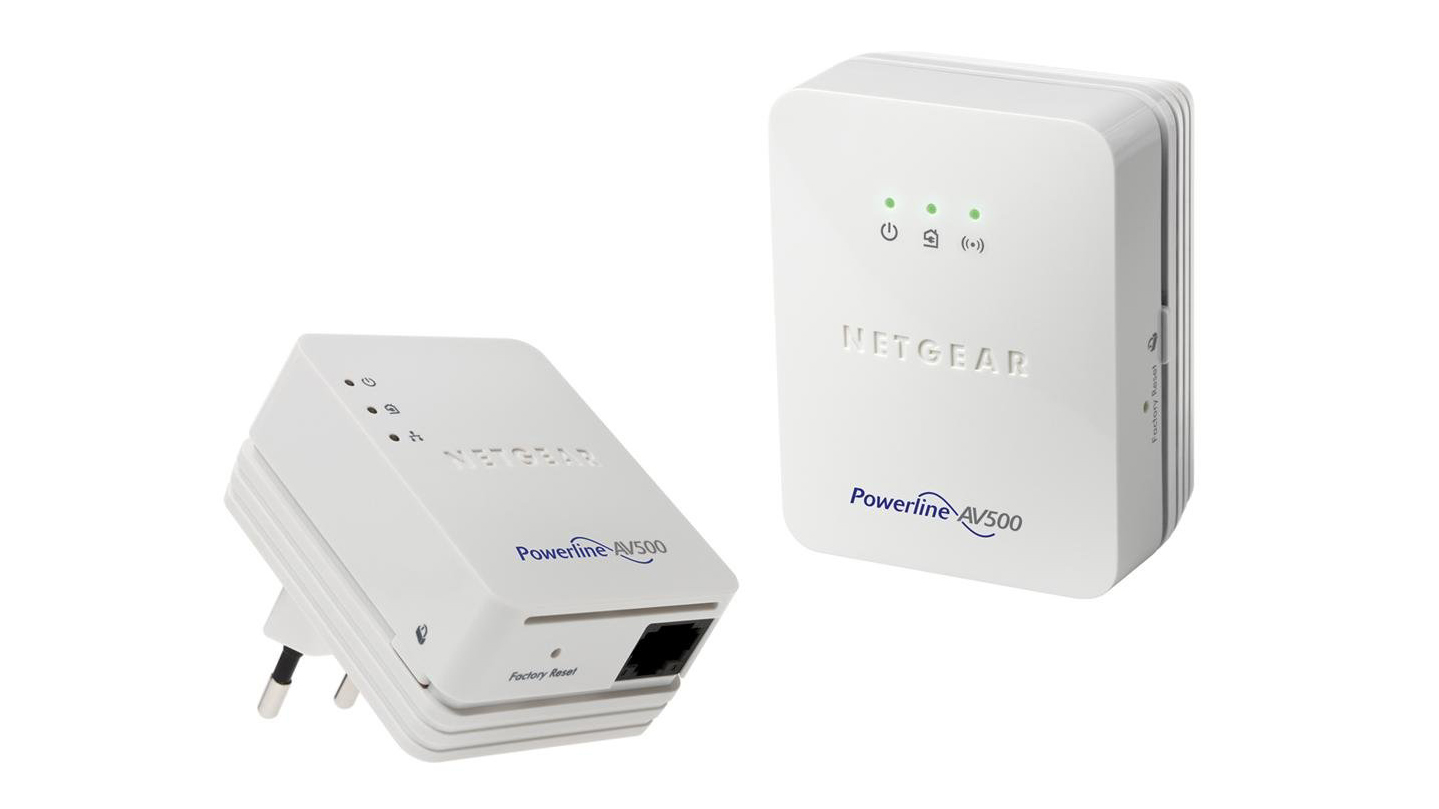Most people know about two of the most common ways to get Internet connectivity throughout their homes. The first is the hardwired ethernet cable that is tried and true. The thick and heavy ethernet cable connects whatever device you use directly to the router. This option is usually used for computer games or in-home entertainment systems that require the fastest, most stable internet connection. But in most cases, it is not practical to run a stretch of cable length from your router to every device in your home.
The second option is Wi-Fi, wireless network technology that connects almost all “smart” devices directly to the Internet. This is a much more convenient and cost-effective solution because it doesn’t require spiderweb cable that runs through your home. The disadvantage of Wi-Fi is that wireless signals can be reduced remotely or blocked by solid objects such as walls or floors.
There is a third way to get a fast and reliable internet connection that might not know anything. It does not require a runner that has not been installed in your home, and it won’t be jammed with a degrading Wi-Fi signal. The option is called the powerline adapter.
The powerline adapter sends data through the electrical cable of your existing home in the same way as an Ethernet cable. The majority of the powerline adapters you will find available in stores currently following the Homeplug Av and AV2 technology standards developed by HomePlug Powerline Alliance, ensuring they will work in almost all modern houses. As a TP-LINK record, AV standard can reach a physical signal level of up to 600 Mbps, while AV2 can reach gigabit speed.
Depending on the age and complexity of the home electricity system, the powerline solution will generally appear on par with the Ethernet cable solution. Older or more complex electrical systems are likely not to do new homes with a modern electrical system, but the low cost of hardware and the installation of any powerline solution makes any option worth.
The powerline adapter usually comes in pairs and usually looks like a small box that goes into standard electrical outlets. They need to be plugged directly into the wall outlet – not an extension cable or power bar – it works correctly. Usually, Ethernet sockets are found at the bottom of each device. The first adapter is connected to the home router, while the second can enter any outlet where other connections are needed.
The adapter can be a cable or wireless to fit the different needs, and connect the device and make the network between them as simple as pressing the button on each adapter. When a pandemic encourages people to stay at home, and according to Gallup, the trend may be permanent. Thus, home networks that are fast more important than before – and the powerline adapter may only be the best and cheapest choice if you need a better connection.
